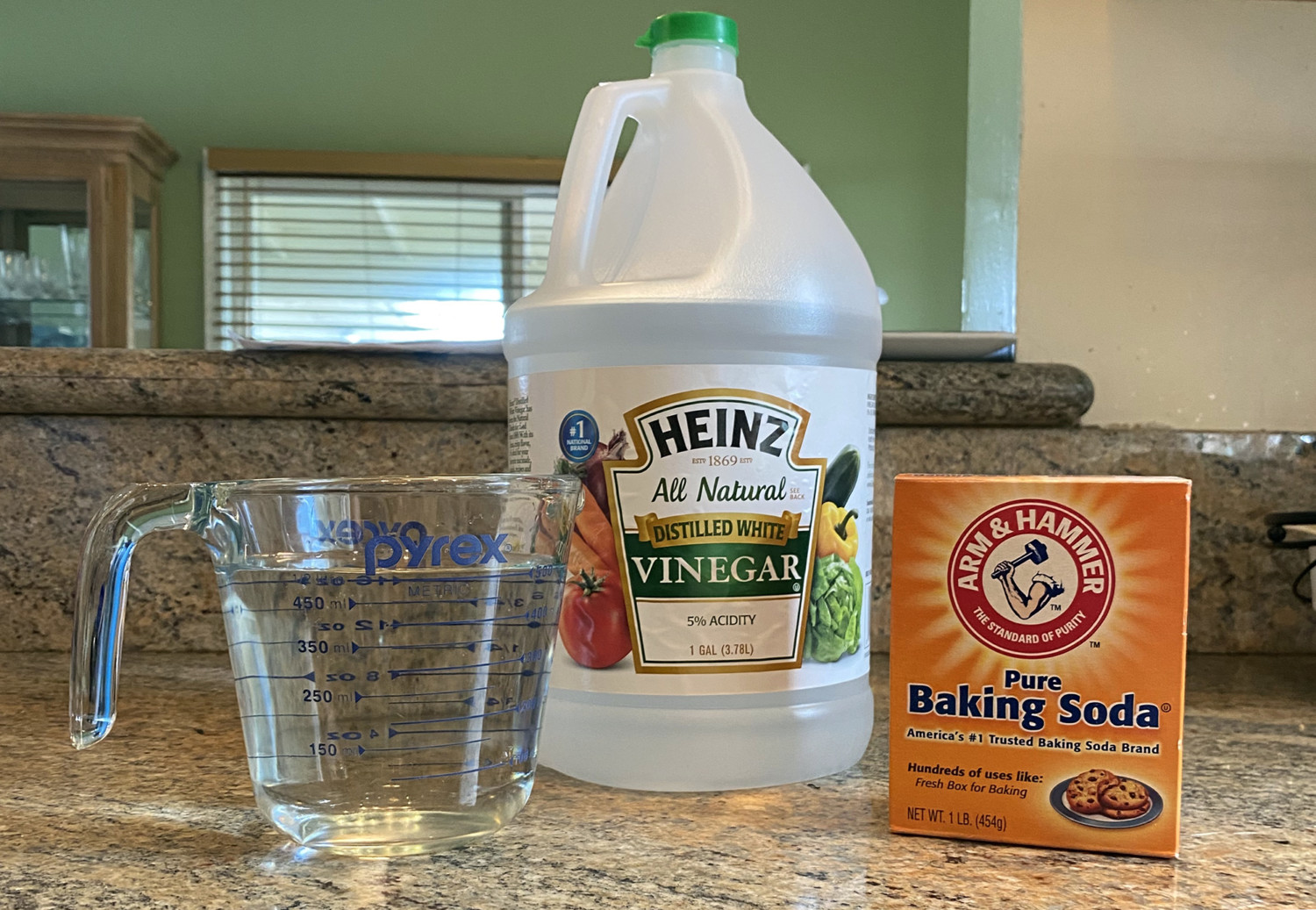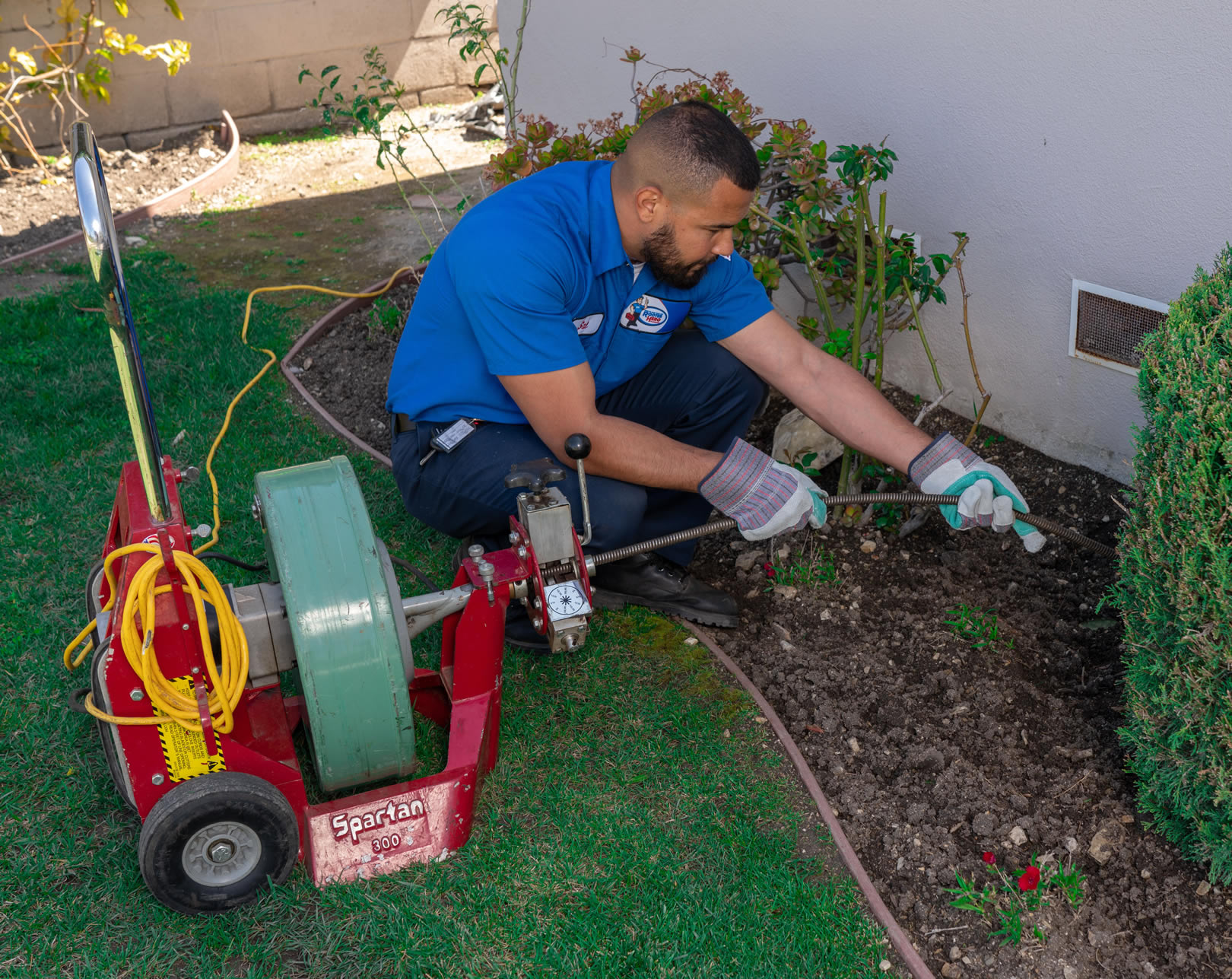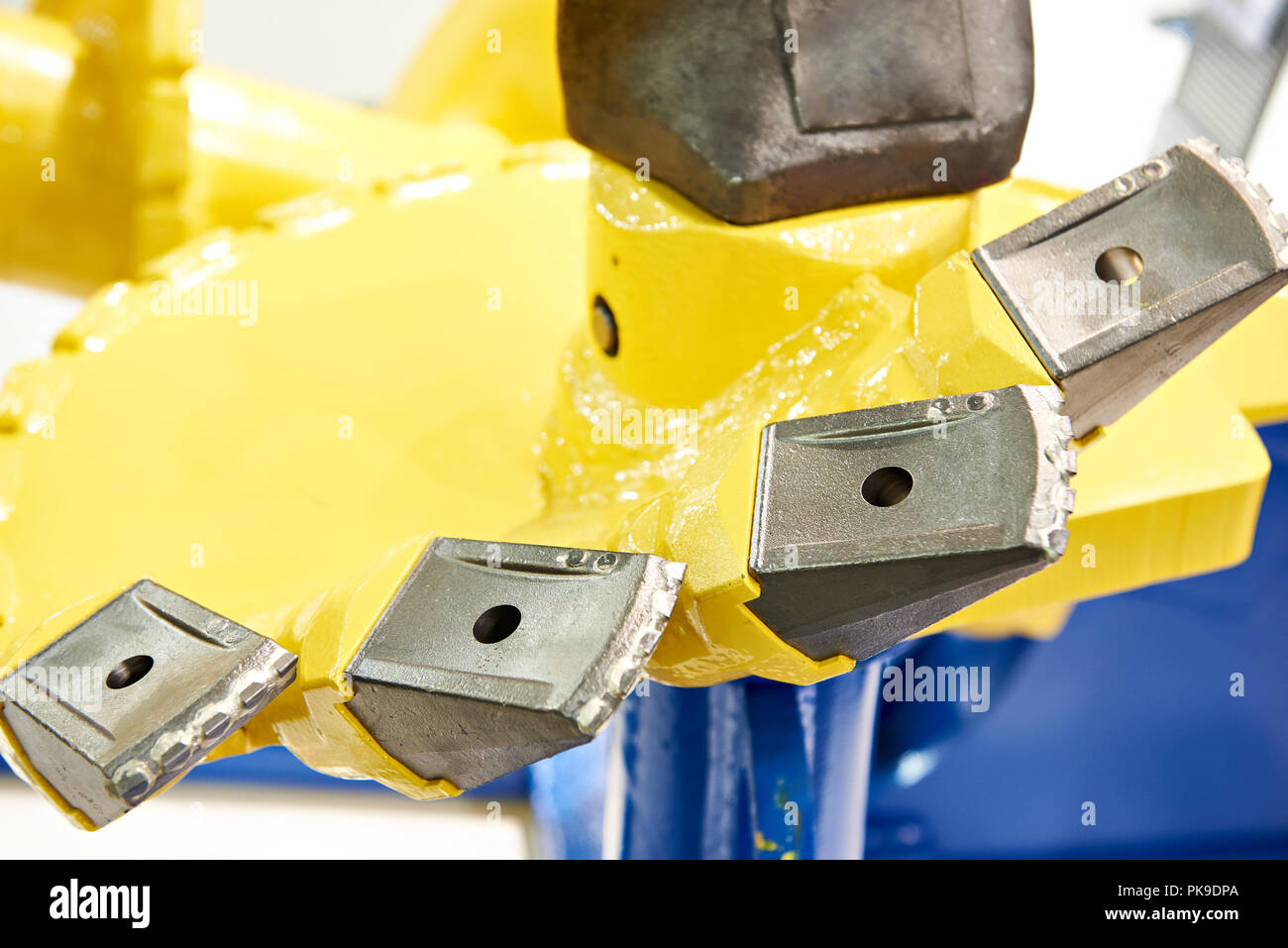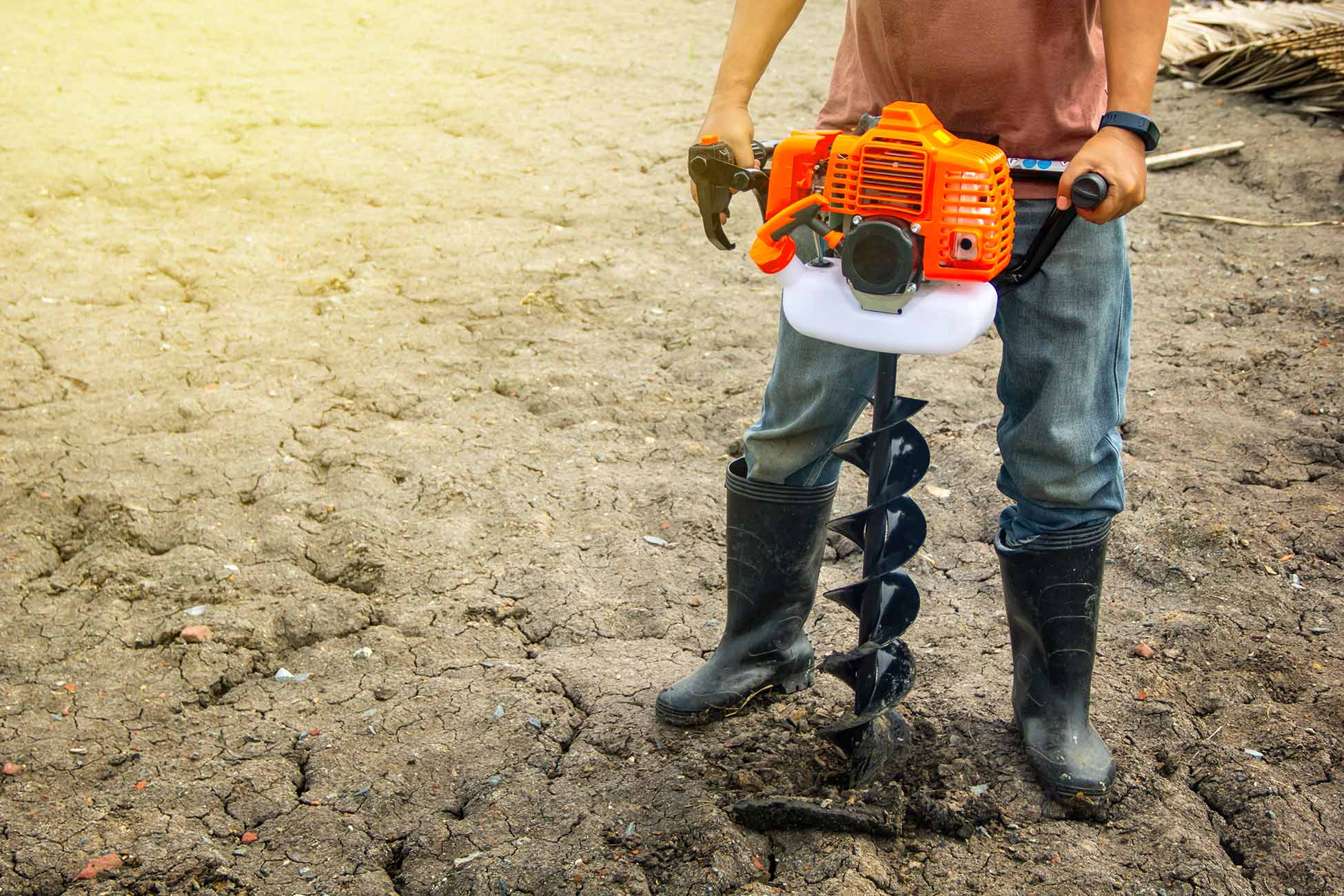1. Use a Plunger
If your kitchen sink is clogged, the first thing you should reach for is a plunger. This handy tool is designed to create suction and pressure, which can help to dislodge and clear out any blockages in your drain. To use a plunger, make sure there is enough water in the sink to cover the bottom of the plunger. Place the plunger over the drain and push down firmly, then pull up quickly. Repeat this motion several times until the water starts to drain properly.
2. Try a Mixture of Baking Soda and Vinegar
For a natural and chemical-free solution, try using a mixture of baking soda and vinegar to unclog your kitchen sink drain. Start by pouring a pot of boiling water down the drain, then add ½ cup of baking soda. Follow this with 1 cup of vinegar and cover the drain with a cloth or plug to contain the reaction. Let it sit for 15 minutes, then pour another pot of boiling water down the drain to flush it out.
3. Use a Drain Snake
A drain snake, also known as a plumbing auger, is a long, flexible tool designed to reach deep into your drain and remove any blockages. To use a drain snake, insert the end into the drain and start turning the handle clockwise. This will push the snake further into the drain, and you may feel resistance when it reaches the blockage. Continue turning and pushing until the blockage is cleared, then pull the snake out of the drain.
4. Pour Boiling Water Down the Drain
In some cases, a simple solution may be all you need to unclog your kitchen sink drain. Boil a pot of water and carefully pour it down the drain in a slow, steady stream. The hot water can help to break up and flush away any buildup or blockages in the drain. This method is especially effective for clogs caused by grease or soap scum.
5. Use a Chemical Drain Cleaner
If the above methods don't work, you may need to use a chemical drain cleaner to unclog your kitchen sink drain. These products contain strong chemicals that can dissolve and break down blockages. However, they can also be harmful to your pipes and the environment, so use them sparingly and carefully follow the instructions on the packaging.
6. Remove and Clean the P-Trap
The P-trap is a curved pipe located under your sink that is designed to trap debris and prevent it from entering your plumbing system. However, this is also a common place for clogs to occur. To clean the P-trap, place a bucket under it to catch any water, then use a wrench to loosen the slip nuts and remove the pipe. Clean out any debris or buildup, then reattach the P-trap and run water to test the drain.
7. Use a Wet/Dry Vacuum
If you have a wet/dry vacuum, you can use it to unclog your kitchen sink drain. First, set the vacuum to the wet setting and cover the vent with duct tape. Then, create a seal around the drain with an old plunger or a wet cloth. Turn the vacuum on and let it run for a few minutes to create suction and dislodge the blockage. Remove the vacuum and run water to see if the clog has been cleared.
8. Try a Homemade Drain Cleaner with Salt and Baking Soda
If you prefer a natural and DIY solution, you can make your own drain cleaner using salt and baking soda. Mix together ½ cup of salt with ½ cup of baking soda and pour it down the drain. Let it sit for 10-15 minutes, then pour a pot of boiling water down the drain to flush it out. This mixture can help to dissolve and break down grease and other buildup in your drain.
9. Use a Plumbing Auger
If you have a particularly stubborn clog, a plumbing auger may be a more effective tool than a drain snake. These are longer and thicker, making them better suited for heavy-duty clogs. Follow the same steps as using a drain snake, but be prepared to use more force and possibly a bit more time to clear the blockage.
10. Call a Professional Plumber
If all else fails, it may be time to call in a professional plumber. They have the tools and expertise to unclog your kitchen sink drain and prevent any further damage to your plumbing system. While this may be a more expensive option, it can save you time and hassle in the long run.
Remember, regular maintenance and proper use of your kitchen sink can help to prevent clogs and keep your drain running smoothly. If you do encounter a clog, try these methods before resorting to harsh chemicals or calling a plumber. With a little effort, you can unclog your kitchen sink drain and get back to your daily routine in no time.
Common Causes of Kitchen Sink Clogs

A clogged kitchen sink drain can be a frustrating and inconvenient problem for any homeowner. Not only does it slow down your daily chores, but it can also lead to more serious issues such as water damage and mold growth. Understanding the common causes of kitchen sink clogs can help you prevent them in the future and keep your sink draining smoothly.
1. Food Debris

One of the most common causes of kitchen sink clogs is food debris. Over time, small bits of food can build up in your drain and create blockages. This is especially true if you do not have a garbage disposal and are constantly rinsing food scraps down the drain. To prevent this, always scrape leftover food into the trash before washing dishes and use a drain cover to catch any loose particles.
2. Grease and Oil

Another major culprit of kitchen sink clogs is grease and oil. When you pour hot grease or oil down the drain, it may seem like it goes down easily, but as it cools, it solidifies and can cause a blockage in your pipes. To avoid this, always dispose of cooking grease and oil in a separate container and toss it in the trash once it solidifies.
3. Soap Scum

While soap is designed to clean, it can also contribute to clogged drains. Soap scum can build up over time and create a sticky film that traps other debris and causes a blockage. To prevent this, use a drain cover to catch any soap residue and regularly clean your drain with a mixture of hot water and vinegar to dissolve any buildup.
4. Foreign Objects

Sometimes, a kitchen sink clog is caused by a foreign object accidentally falling down the drain. This could be anything from a toy to a piece of jewelry. These objects can get stuck in the pipes and create a blockage. To avoid this, always be mindful of what you are rinsing down the sink and keep small objects away from the drain.
5. Old Pipes

If you have an older home, your kitchen sink may have old pipes that are more prone to clogging. Over time, pipes can become corroded and narrow, making it easier for debris to get stuck. If you notice frequent clogs, it may be time to have your pipes inspected and replaced if necessary.
By understanding the common causes of kitchen sink clogs, you can take preventative measures to keep your drain running smoothly. However, if you do encounter a clog, be sure to address it promptly to avoid any further damage to your plumbing system. With proper maintenance and care, you can keep your kitchen sink drain clear and functional for years to come.



















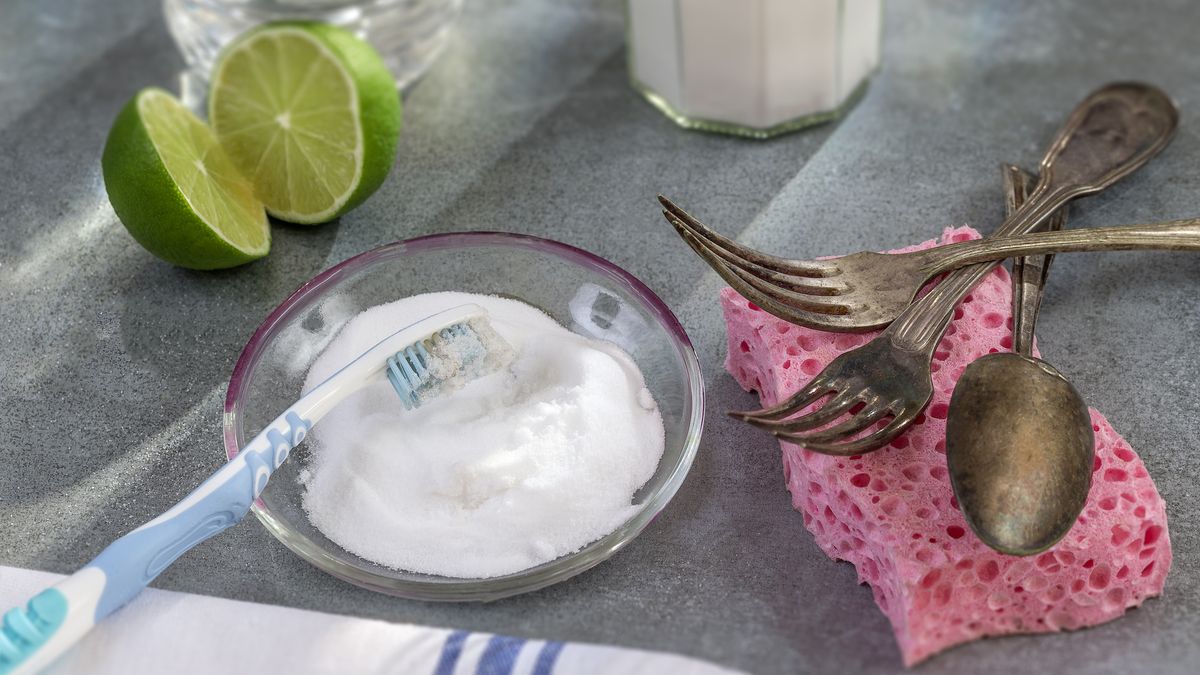






















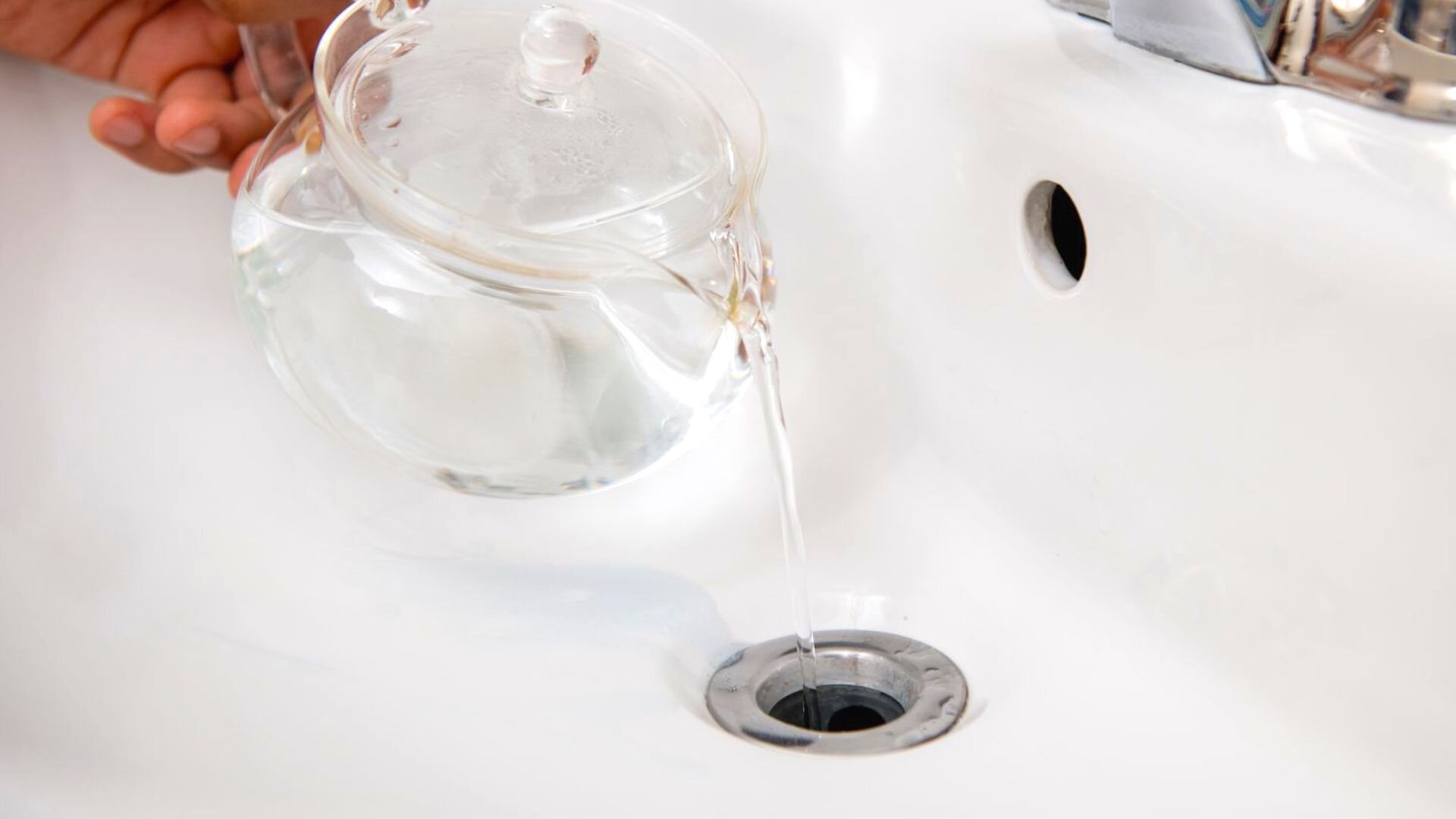




.jpg?time=1689761045394)

























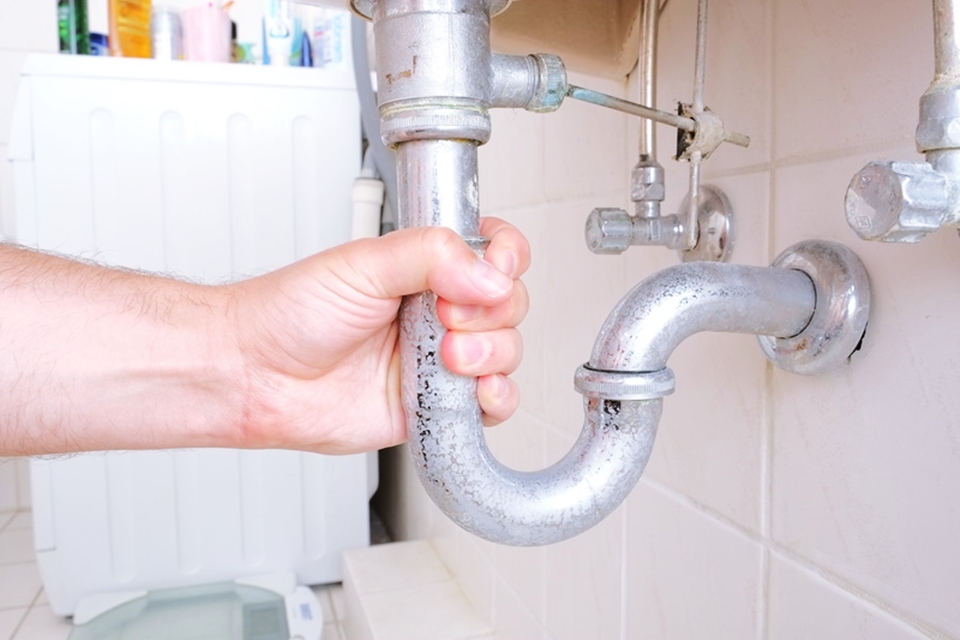


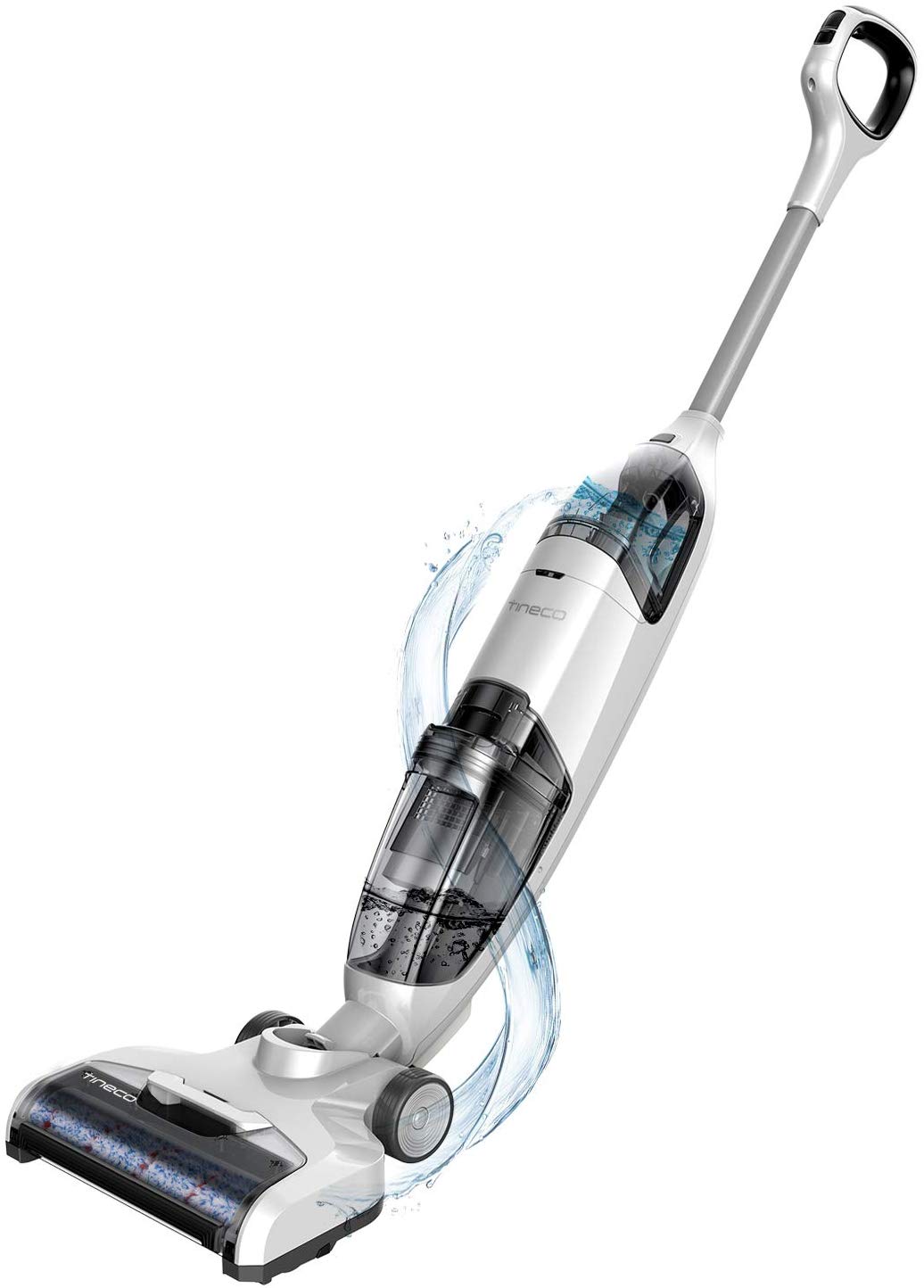
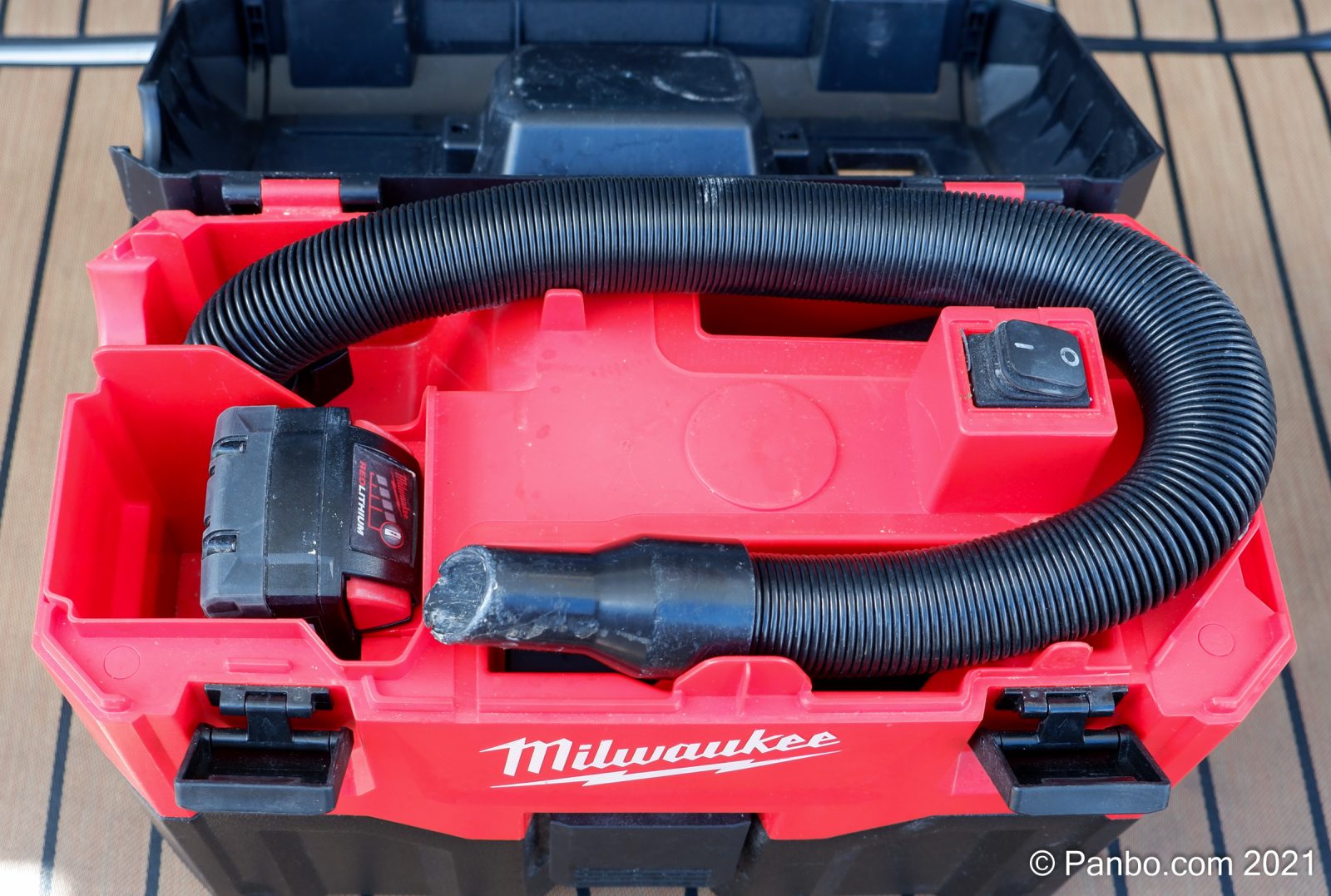
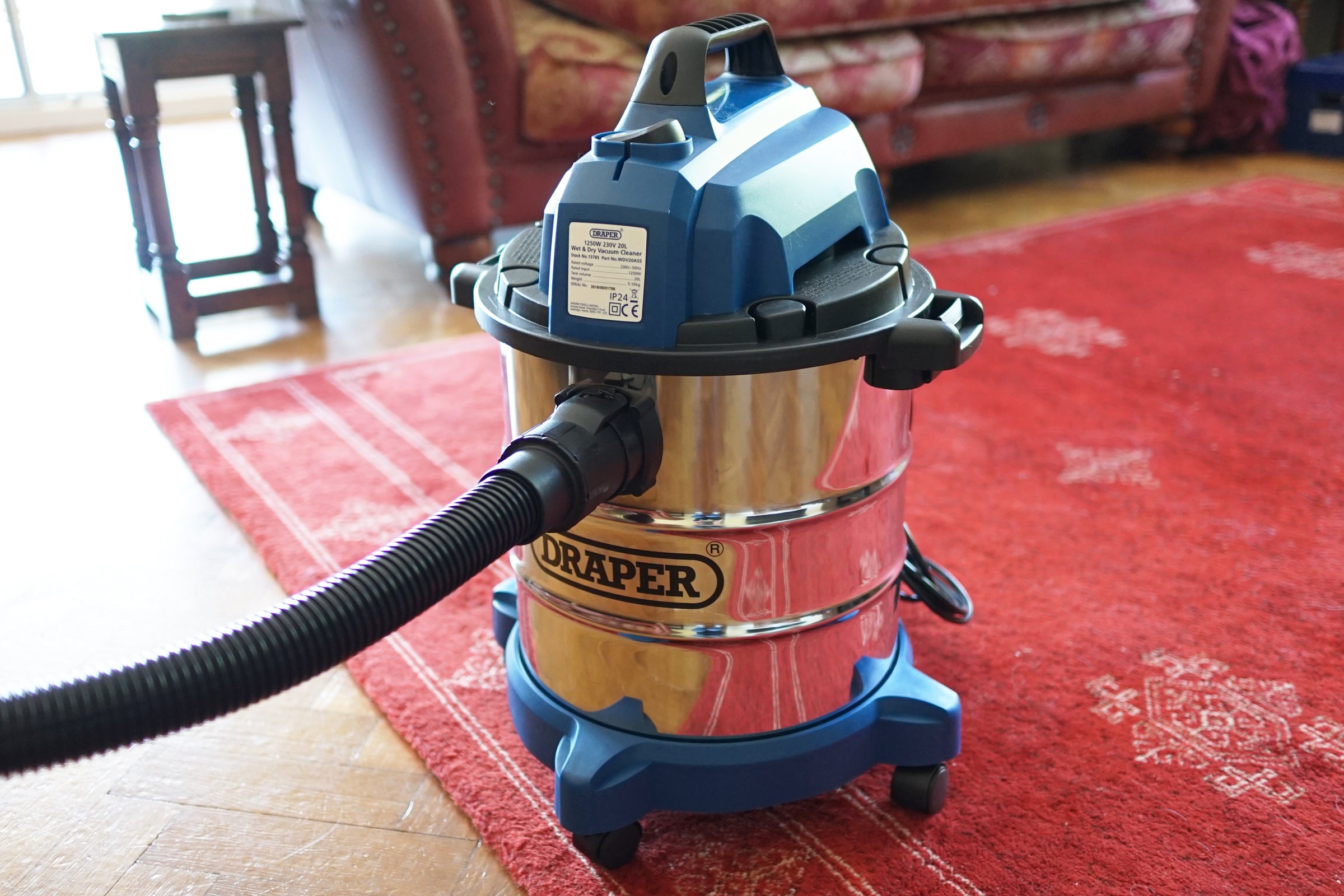











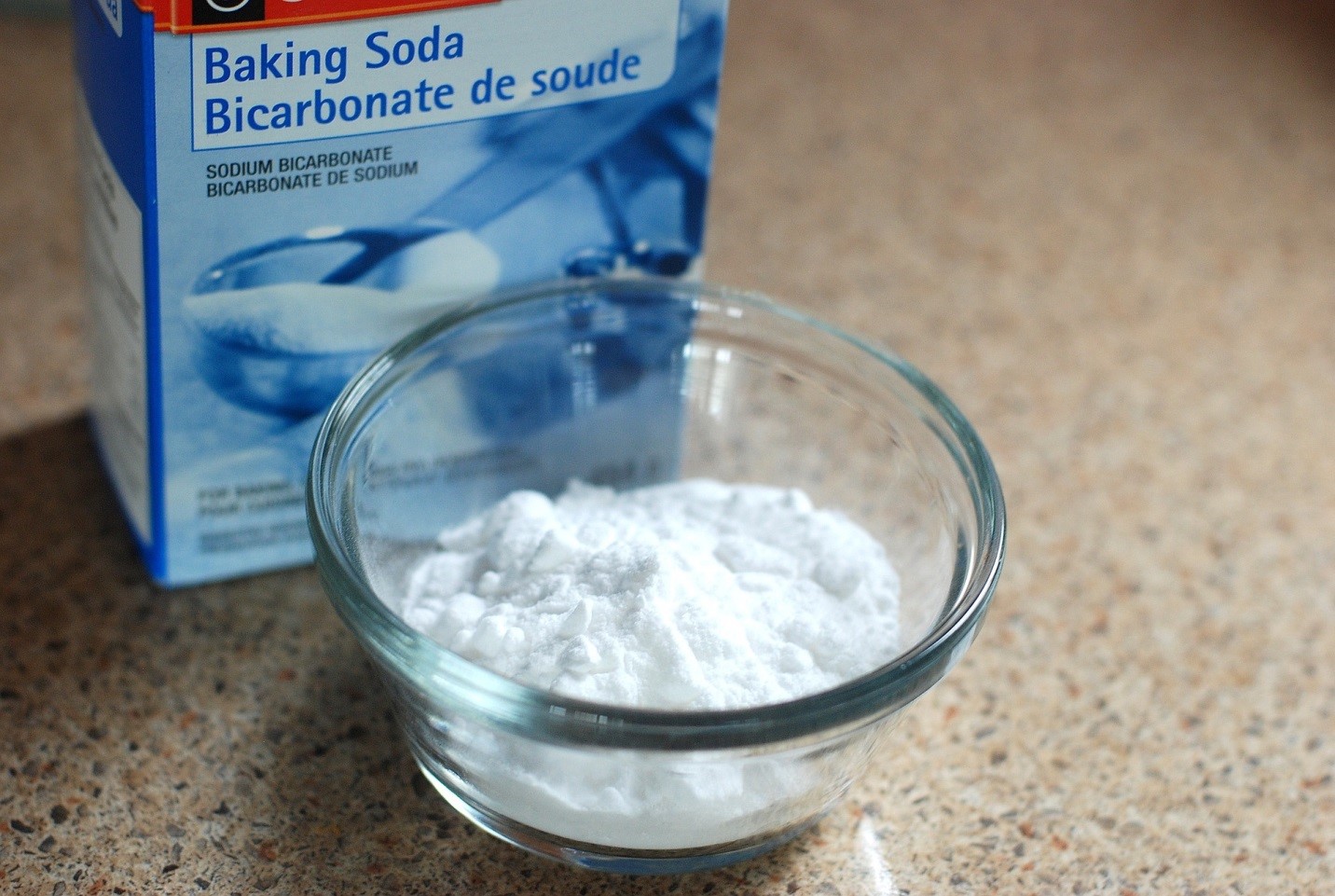


:max_bytes(150000):strip_icc()/freshen-and-unclog-drain-with-baking-soda-1900466-18-1a5b5da01939471ca8f8823865bd1ce8.jpg)


